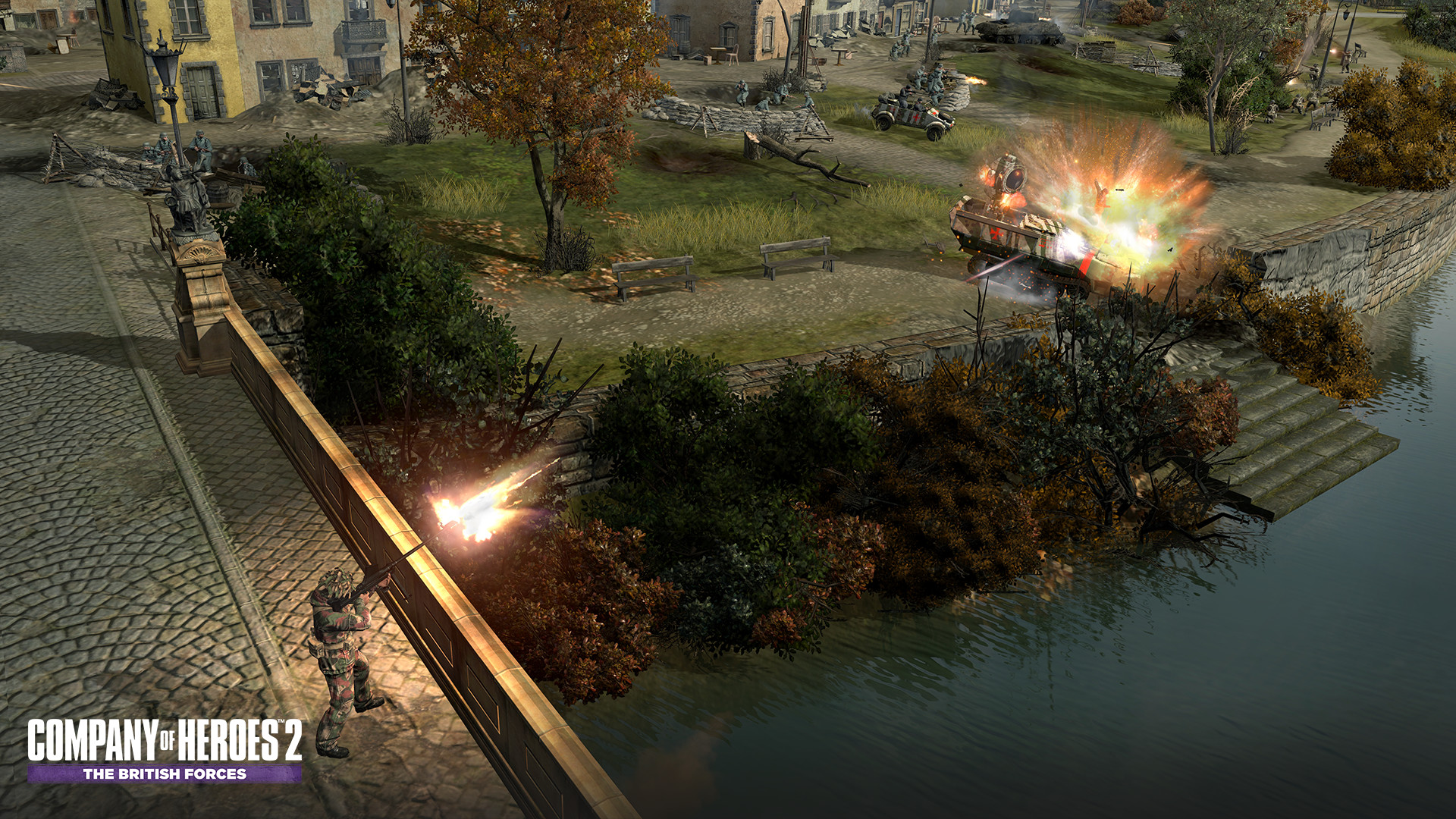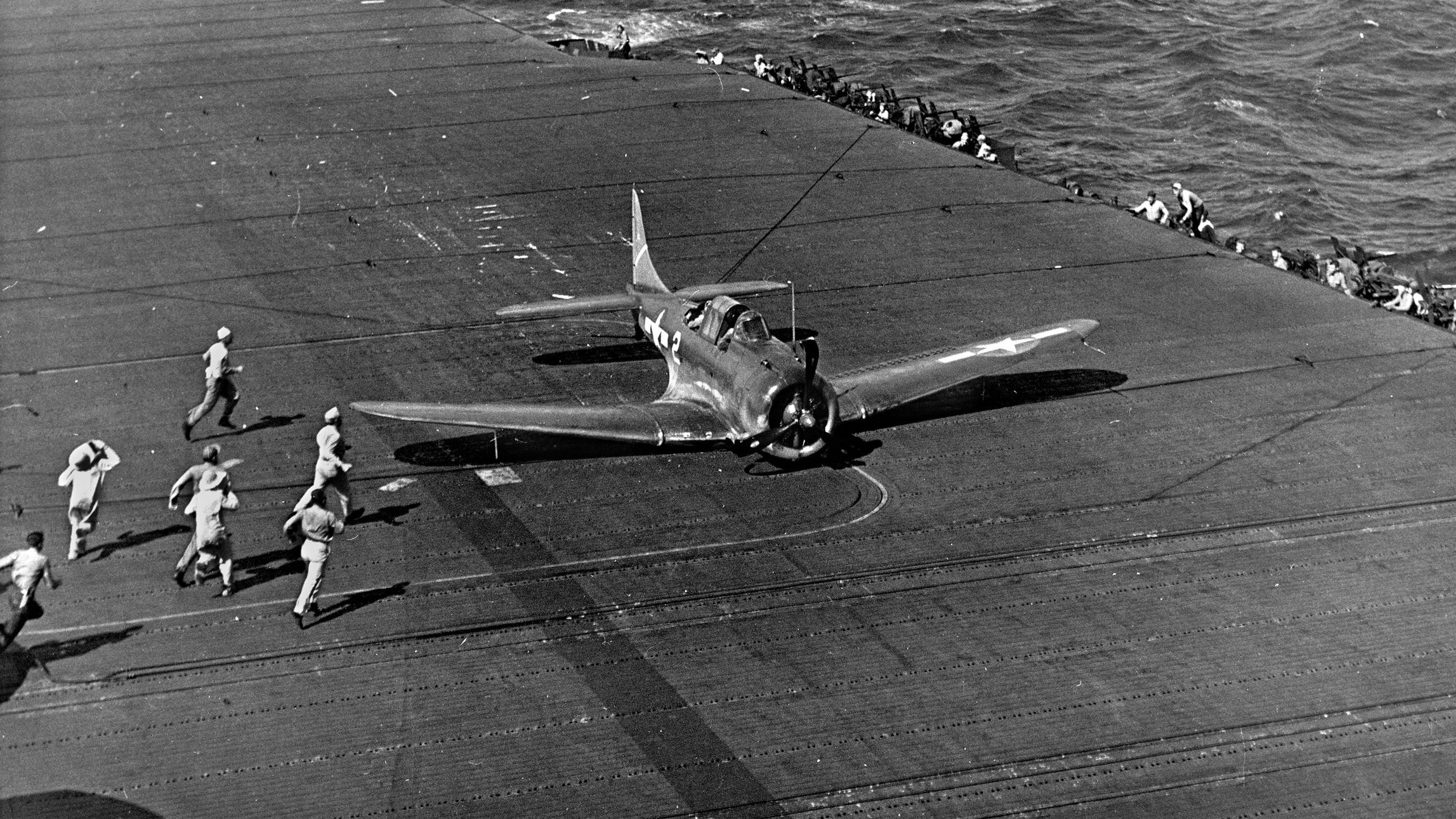
U.S. Navy
Hazardous Duty with the Naval Armed Guard
By Russell CorderThey have been called “the other Navy,” the “Navy’s stepchildren,” and perhaps most fittingly, “the forgotten Navy.” Officially, however, they were the Naval Armed Guard or more simply the Armed Guard (AG). Read more






















